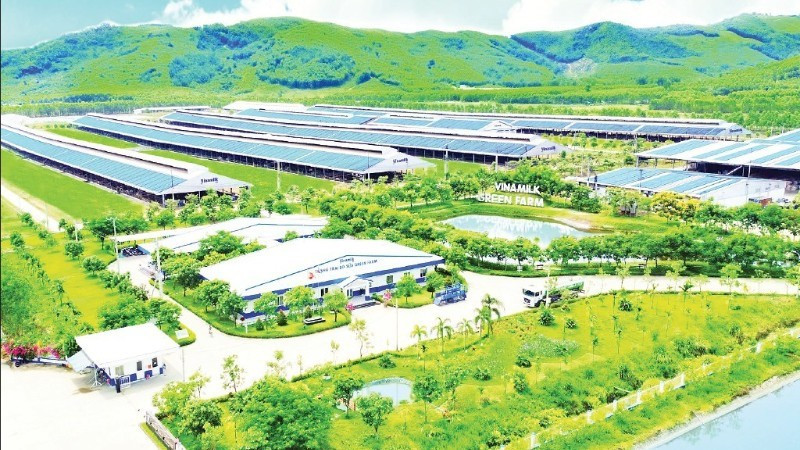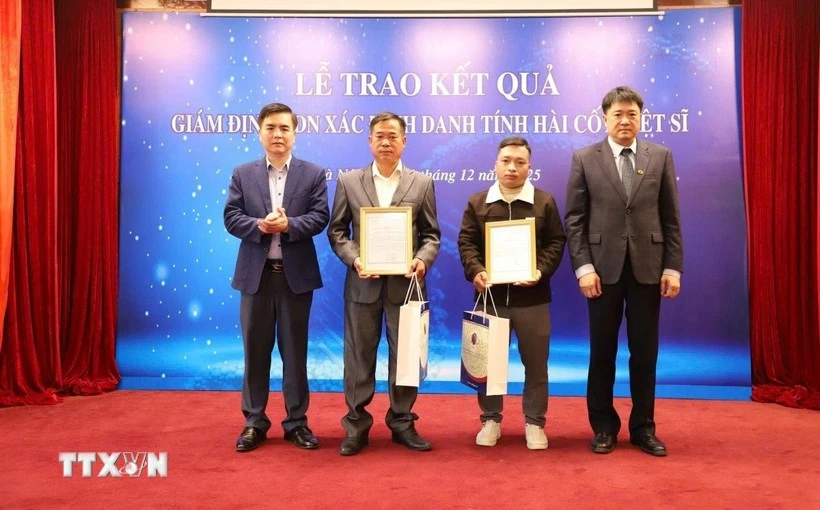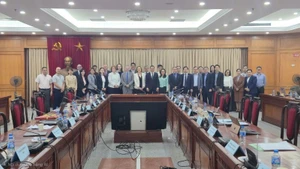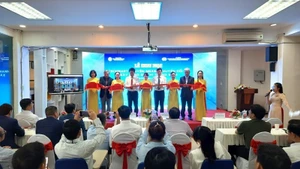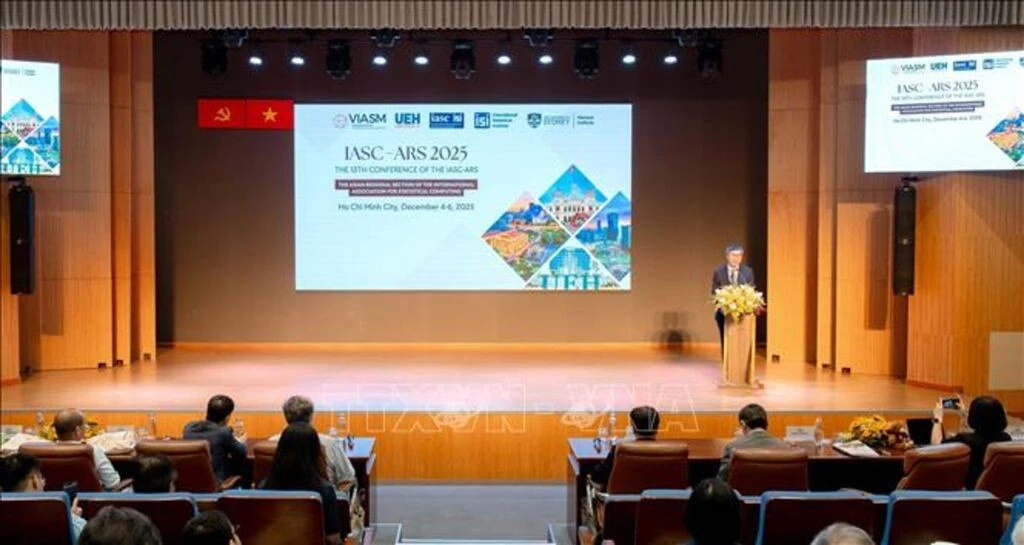However, the application of ESG in Viet Nam is still new, lacking consistency and facing many challenges in terms of institutions, capacity, and compliance costs.
ESG – an inevitable transformation
Although ESG has only appeared in Viet Nam in recent years, it has quickly become a key content of national socio-economic development strategies. The Law on Environmental Protection 2020 was considered an important legal milestone.
The law not only reaffirmed the fundamental principles of environmental protection but also supplied strategic provisions such as the circular economy, strict environmental impact assessments, and especially the Extended Producer Responsibility (EPR) mechanism. These are new points which serve as foundational elements for integrating ESG criteria into corporate operations.
According to Assoc. Prof. Dr. Do Anh Tai, Vice Rector of Phenikaa University of Economics, ESG development not only enhances businesses’ competitiveness but also helps in attracting investment, meeting legal requirements, and optimising operational costs.
At the COP26 in 2021, the Prime Minister declared Viet Nam’s commitment to achieving net-zero emissions by 2050. To realise this goal, many ministries, sectors and major enterprises in Viet Nam have proactively implemented ESG practices and announced sustainable development reports as part of their long-term strategies.
In the manufacturing and industry, many businesses have shown significant progress. Shinec has developed the Nam Cau Kien Industrial Park based on a circular economy model and completed its ESG report since August 2024, helping to attract investment, reduce financial costs, and strengthen social credibility.
Vinamilk applies Global Reporting Initiative (GRI) standards, implementing circular production models in its dairy production and livestock operations. In the field of real estate, groups such as Novaland and Nam Long are working towards green building certifications to attract international investors.
Experts say that ESG practices not only help businesses meet sustainable development requirements but also create new values and enhance their position, prestige, and ability to participate in global value chains in the context of markets increasingly focusing on "green" standards.
Need to overcome barriers
In Ha Noi, small and medium-sized enterprises (SMEs) account for over 97% of total businesses, contributing substantially to GDP and creating jobs for millions of employees. However, SMEs also face the most challenges in implementing ESG, including limited financial resources, lack of skilled personnel and weak governance technology. One of the biggest challenges to applying ESG is to change production and management processes to meet environmental, social, and governance standards. This demands significant investment in capital and human resources.
“When pursuing ESG goals, we face numerous barriers. To apply ESG standards, our investment costs increased sharply because we had to build factories that meet green building (LEED) standards. At the same time, human resources remain a key issue — we must train staff and raise awareness throughout the organisation to ensure smooth implementation,” shared Tran Thi Thu, General Director of Hoang Thu Textile Co., Ltd.
According to experts, high initial investment costs remain one of the main challenges, particularly for renewable energy adoption or ESG implementation. For example, many wood-processing enterprises wish to install solar energy systems but face difficulties in accessing concessional loans or technical support.
Another challenge is human resources, as domestic firms still lack specialists on ESG. This shortage affects not only the preparation of ESG reports but also slow down implementation process of green solutions. Many small garment and textile businesses, though eager to join green supply chains of great brands, fall short due to lack of experienced human resources to implement.
Uneven awareness among business leaders is also a constraint. However, ESG has become a key factor in evaluating corporate effectiveness and responsibility. Integrating ESG principles improves cost efficiency, increases adaptability and access to sustainable finance, expands markets, and improves prestige and brand value.
To overcome these barriers and promote businesses to implement ESG practices, Dr. Nguyen Thi Luyen from the Institute for Policy and Strategy Research emphasised the need for joint efforts of the whole society. The government should continue perfecting mechanisms and policies related to ESG to provide clear and practical toolkits and criteria for enterprises. In addition, fiscal, credit and human resource support policies should be strengthened to encourage enterprises to implement green transition and ESG practices.
For their part, enterprises must adopt a mindset shift toward transparent governance and consider ESG as a long-term strategy rather than a short-term cost. Enterprises should proactively enhance ESG governance capacity.
Investing in green technology and digital transformation is inevitable, from using renewable energy, managing supply chains using blockchain to applying AI in forecasting climate risks, while proactively participating in the green capital market by issuing green bonds or participating in carbon credit trading.
Furthermore, it is necessary to build a brand associated with sustainability, publish transparent ESG reports according to international standards to enhance prestige and create trust from both investors and consumers.
